The disruptive potential of Artificial Intelligence (AI) is being acknowledged globally with many applications already reshaping industries and economies. In developing economies like India, AI emerges as a powerful force, offering innovative solutions to longstanding challenges.
In this exclusive interview with TheCSRUniverse, Mr. Shekar Sivasubramanian, CEO of Wadhwani AI, underscores the institute's commitment to building trust, fostering collaboration, creating unified platforms, and addressing a diverse range of challenges from technology adoption to ensuring their sustainability. Wadhwani AI is an independent nonprofit institute focused on developing AI-based solutions for underserved communities.
The conversation begins with Krishi 24/7, a cutting-edge AI tool, recently launched by the Ministry of Agriculture and Farmers Welfare. Mr. Sivasubramanian delves into their broader involvement in agricultural projects, including the National Pest Surveillance System (NPSS) and initiatives focused on improving farmer support systems. He sheds light on the unique challenges faced in deploying AI solutions for agriculture in the Indian context.
The discussion also touches upon Wadhwani AI's commitment to healthcare, detailing interventions such as the Clinical Decision Support System (CDSS) and outbreak monitoring. The institute's approach to patient privacy is also covered, highlighting stringent data protocols and privacy policies that prioritize security in all collaborations.
The interview encompasses rich insights into the broader role of AI in addressing developmental challenges, emphasizing collaboration among policymakers, developers, and businesses. We also get a glimpse of Wadhwani AI's vision for the next 3-5 years, underlining a transition to language-oriented interfaces and a focus on scaling solutions, establishing trust in AI, and making a leveraged impact on a larger scale.
Read the full interview to learn how AI can prove to be the much needed catalyst for solving the most persistent development challenges:
Q. Krishi 24/7, your AI tool for automated news monitoring and analysis, was recently launched by the Ministry of Agriculture and Farmers Welfare (MoAFW). What factors led Wadhwani AI to develop a solution for agricultural news monitoring and what specific problems will the tool help in solving?
A. The positive impact of our automated news monitoring tool being used by the Ministry of Health and Family Welfare influenced the development of a similar tool dedicated to monitoring agricultural news. Krishi 24/7 follows a proactive approach, assisting the central ministry in early issue detection and mitigation, thereby allowing the government to quickly react to matters of importance that may be taking place across the nation, as and when they occur.
Q. This AI tool has been developed with a $1M support from Google.org. This is a testimony to the strong potential that Krishi 24/7 carries. In your opinion, what are the specific qualities or features that set this tool apart from other AI-based solutions in the domain of agriculture?
A. Krishi 24/7 is an AI tool designed to monitor news across various local and national media outlets on the internet. It identifies agriculture-related news; and overcoming the language barrier, it translates the content from any Indic language to English. It then transforms the news into a structured format and generates an English summary. It facilitates real-time news monitoring and swift sharing with the relevant divisions within the ministry–saving time, energy, and resources. The system allows for a comprehensive trail of published news to be monitored, providing visibility from news identification to corresponding actions taken. Krishi 24/7 covers a wide range of news topics spanning 18 categories, including marketing, mechanisation and technology, harvest management, soil health, agroforestry, natural resources, water management, agriculture schemes, seeds, pests, agricultural startups, erratic weather conditions, quarantine, and market forces.
Q. Besides Krishi 24/7, could you share information about other ongoing agricultural projects that Wadhwani AI is currently involved in?
A. We are working with the Ministry of Agriculture and Farmers Welfare on very interesting projects like the National Pest Surveillance System (NPSS). The ministry has identified 10 key crops and 15 pests and diseases responsible for significant crop losses. Once launched, NPSS will assist farmers in identifying pests in their fields through a mobile-based application, centrally monitored at state and national levels. Building on the success of Cotton Ace, our AI-powered pest detection and mitigation system, which resulted in a notable 26% increase in farmers' profits and a 38% reduction in pesticide usage—NPSS aims to broaden its coverage, encompassing additional crops. This expansion enhances its capability to identify a wider array of pests and diseases, creating a comprehensive system accessible to both farmers and administrators.
Along with developing chatbots to address grievances related to various schemes, starting with PM Kisan Yojana, we are also creating chatbots which can help in improving the efficiency of Kisan Call Centres by enabling farmer tele advisors to answer farmers' queries instantly.
We are collaborating with the Crop Forecasting Center to establish a comprehensive digital library for all satellite images. Our aim is to assist in refining the ground-truthing process associated with these images. Upon completion, this initiative will serve as a valuable resource, facilitating the development of advanced AI solutions for farmers, researchers and ecosystem partners.
We are exploring two interrelated solutions that hold great promise from the perspective of farmers. The first one is crop yield estimation. This solution when fed with inputs like agriculture practices and combined with inputs like soil and weather conditions, enables the approximation of crop yields at a much lower cost. This information is invaluable for administrators, market participants, and, most importantly farmers. The second solution entails gathering agricultural practices data from farmers, using Agri AI Collect, employing features like word-to-text and image-to-text functionalities. This approach aims to streamline the application for farmers and ensure seamless data collection for any entity.
Q. What are the unique challenges in deploying AI solutions for agriculture in the Indian context?
A. Some of the challenges in deployment would be:
- The range of farmers' understanding and usage of technology varies significantly from those with the latest smartphones to a large portion still using basic feature phones.
- Building trust by assuring stakeholders that our goal is to assist and simplify their lives, not replace their roles.
- Securing sustainable, collaborative support from the government, extension machinery, social organisations, NGOs, and other stakeholders involved in rural communes to provide training to their teams and farmers. Currently, this is a significant missing link.
- Creating a unified platform for displaying all AI products whether commercial or open source to minimise duplication of work. Encouraging agencies to open source their work is crucial for ongoing model development.
Furthermore, there are challenges that arise from a lack of trust in AI, unrealistic expectations about AI capabilities, and the need for substantial, specific data and infrastructure.
All the challenges are along expected lines in the adoption of a new approach in any domain, and in any country.
Q. Agriculture and Health are very broad domains with multifaceted challenges. In your opinion, are there any particular aspects within these domains wherein AI can yield maximum benefits?
A. AI's ability to analyse extensive data and derive meaningful insights has great implications for the future of healthcare and agriculture in India. In healthcare, AI impacts diagnostics, predictive analytics, personalised treatment, drug discovery, and wearables. The integration of AI into healthcare necessitates a shift in roles for medical professionals to become proficient at collaborating with intelligent systems. In agriculture, AI supports the extension team by providing tailored pest and disease management advice. It also enhances the efficiency in various agricultural ecosystems, such as value chain, storage, finance, and insurance. Digitising and automating processes with AI benefits administrators, researchers, policymakers, advisors, and others, and can be extended into broader agricultural components like animal husbandry and fisheries.
Q. Wadhwani AI is also working in the domain of health. What are your major interventions in healthcare and what has the impact been like so far?
A. We co-created a set of AI tools known as the Clinical Decision Support System (CDSS) in partnership with the Ministry of Health and Family Welfare. These tools are designed to aid healthcare professionals in diagnosing and managing patients. Integrated into eSanjeevani, CDSS has generated over 4 million AI-assisted diagnoses since its inception in April 2023.
Our solution for monitoring outbreaks uses AI models to systematically scan health events reported across mainstream and regional media. It employs natural language processing mechanisms to filter, extract, and collate relevant events at scale. These insights are leveraged to generate alerts and provide insights into disease outbreaks. The solution has been incorporated into the Integrated Health Information Platform (IHIP) of the Integrated Disease Surveillance Programme (IDSP). It has published 1200+ events out of which 200 have been confirmed to be outbreaks by the field teams.
Q. In the context of AI for health, patient privacy is a major concern. What processes do you have in place to ensure security of patient data?
A. We adhere to strict internal data protocols and extend the same standards in collaborations. Our institute has implemented a comprehensive policy addressing data security and privacy concerns. We prioritise training for all employees, providing thorough guidance on data handling protocols, and regularly engage third-party interventions to keep our staff updated on cybersecurity measures. These practices are ingrained in our work culture, fostering a trustworthy environment that encourages innovation and exploration.
Q. There is a strong discourse around the role of AI in solving broader developmental challenges. What can policymakers, developers and businesses do to ensure that India capitalises on the huge potential presented by AI?
A. To capitalise on the vast potential presented by AI in addressing broader developmental challenges, policymakers, developers, and businesses need to engage in crucial collaboration. This involves working closely with innovators and the broader community to define clear problems and understand how to effectively utilise and scale artificial intelligence for specific challenges. Additionally, stakeholders must comprehend the evolving nature of this technology.
The convergence of scientific discovery, global digital goods, policy support, and grassroots AI programs offers a significant opportunity. AI can expedite research, facilitating the discovery of vaccines and drugs. Global digital goods powered by AI democratise access to extensive datasets, providing systemic solutions. AI-based policy decision support tools offer real-time insights for informed government decisions. Grassroots AI applications play a role in on-ground interventions, addressing challenges from TB risk prediction to pest and crop management. These developments underscore the potential for impactful global collaborations to harness the benefits of AI in India.
Strengthening operational systems in a systematic manner may become critical as the need for greater contextual data, accuracy in information, technology advancement in gathering information at low cost, voice enabled data collection, and advances in AI emerge. In particular, the ability to integrate multi-lingual, voice enabled, natural inputs and instructions will be fundamental to the future of technology.
Q. Looking ahead, how do you see Wadhwani AI’s initiatives evolving in the next 3-5 years in terms of focus areas, scale of implementation and partnerships?
A. One area we are rapidly moving towards, likely within the next two to three years, is the transition to language-oriented interfaces across all our platforms. The conventional use of the thumb on mobile phones will be replaced by voice interactions. This shift incorporates a fundamental layer of AI tailored for language-based interactions. While this is not currently integrated into our existing solutions, it forms a key component of some other projects we're actively developing.
Our approach is as follows. We embedded ourselves in multiple ecosystems to uncover areas where AI could make a difference, and designed and started implementing AI in the ecosystem. We are now in the process of scaling the solutions. We believe in learning by doing, and establishing a mastery of the problem space to create large scale impact. In the next 3-5 years, we will be on the journey to identify complex connections in various domains, reflect on the performance of AI in current implementations (and extend it), move towards establishing trust in AI, and attempting to make a leveraged change using AI.






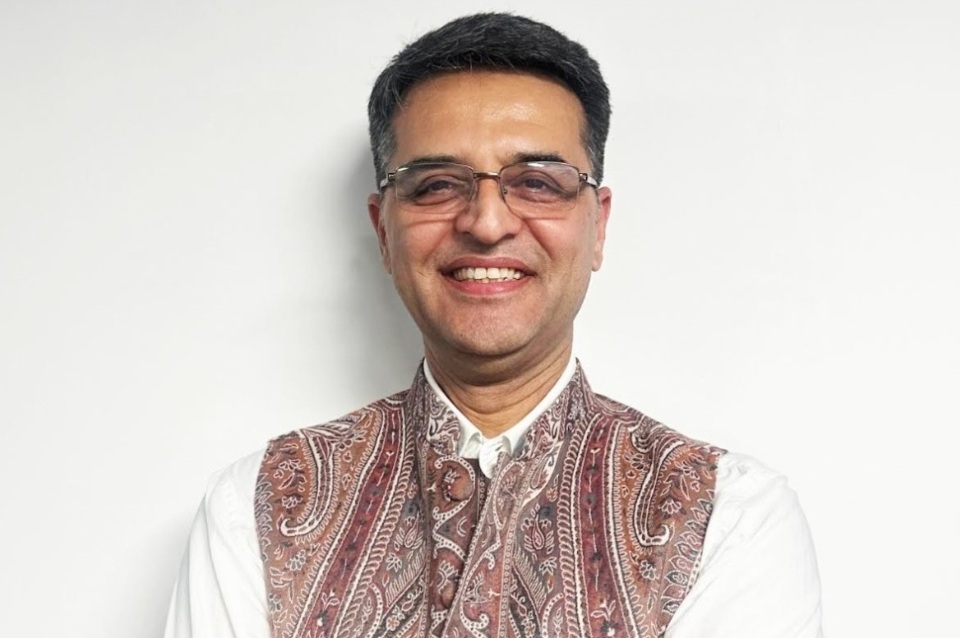
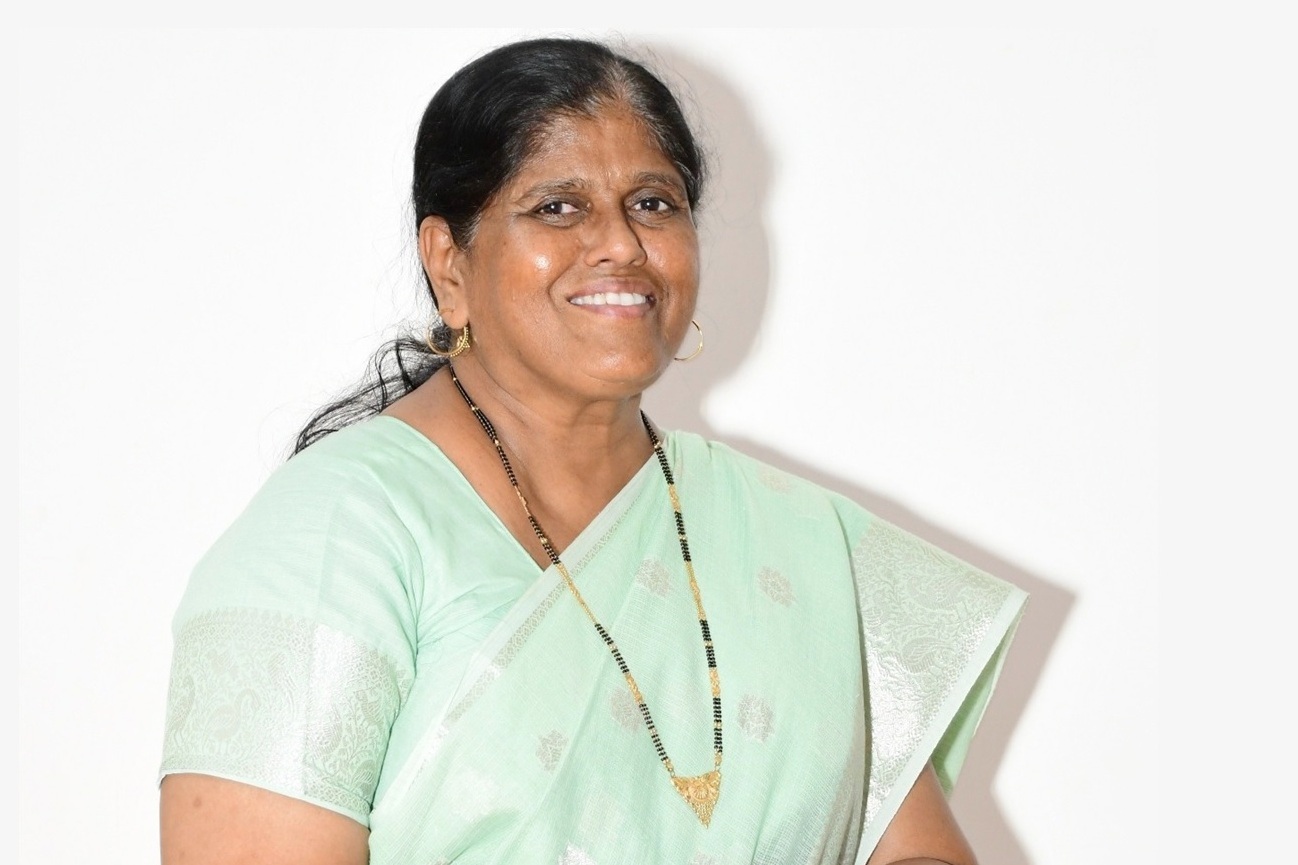


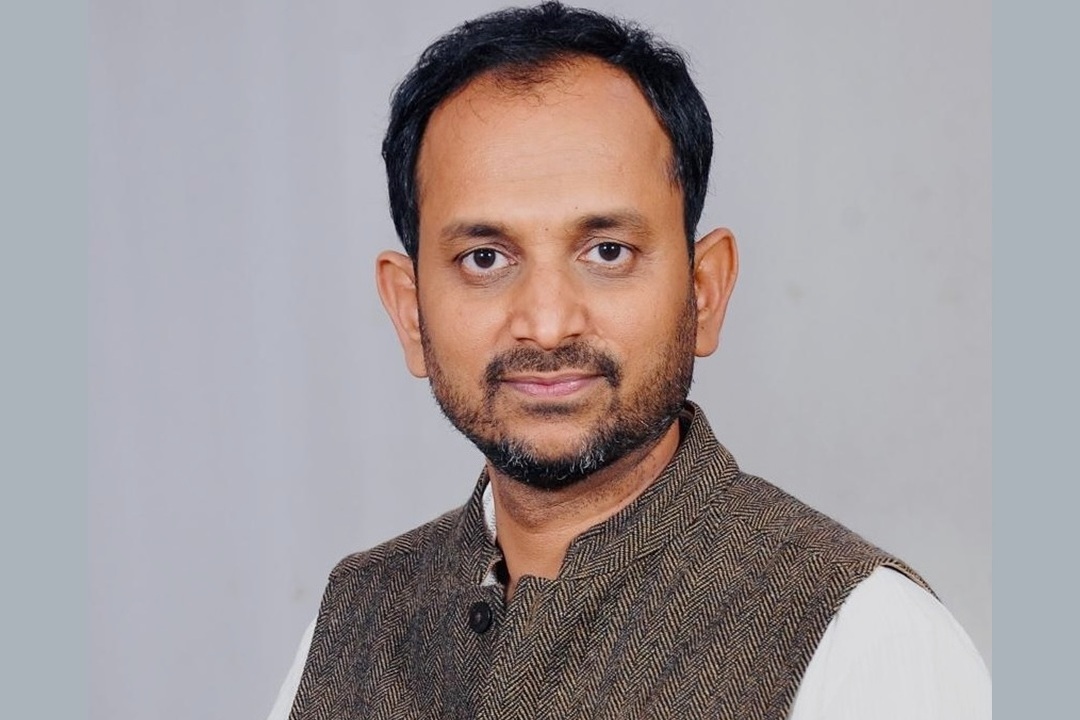
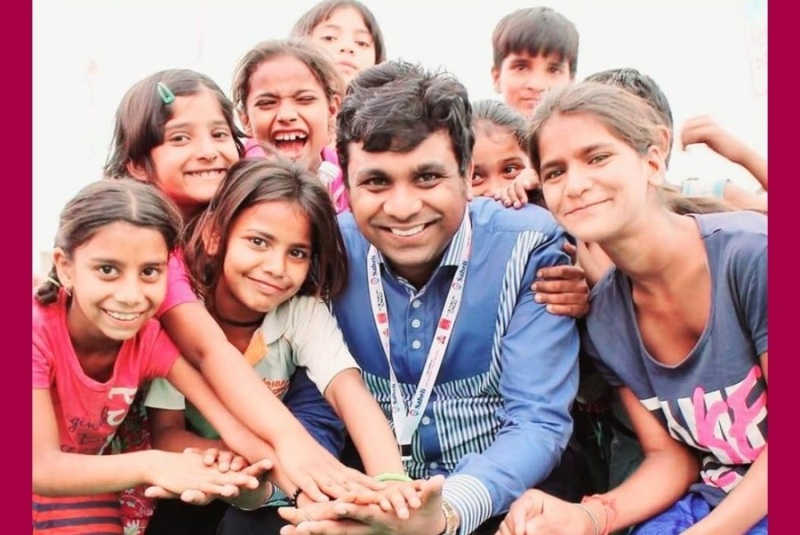

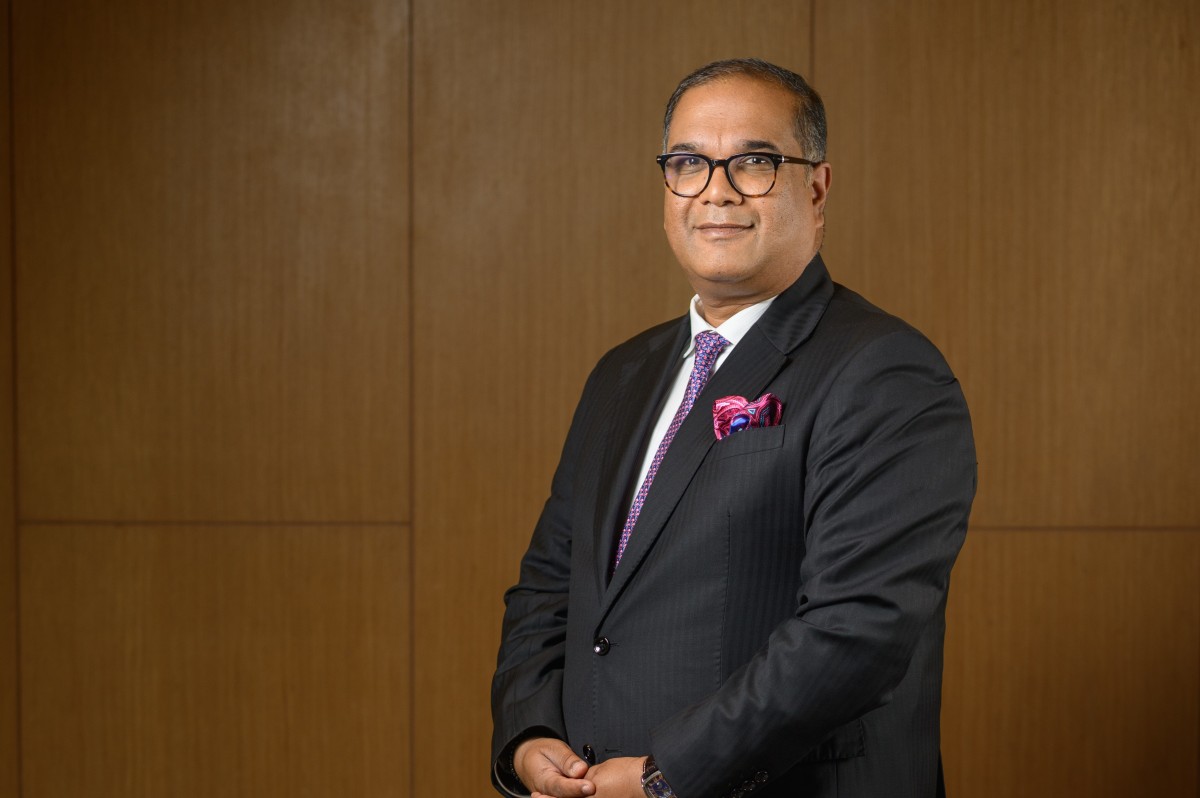

.jpg)




